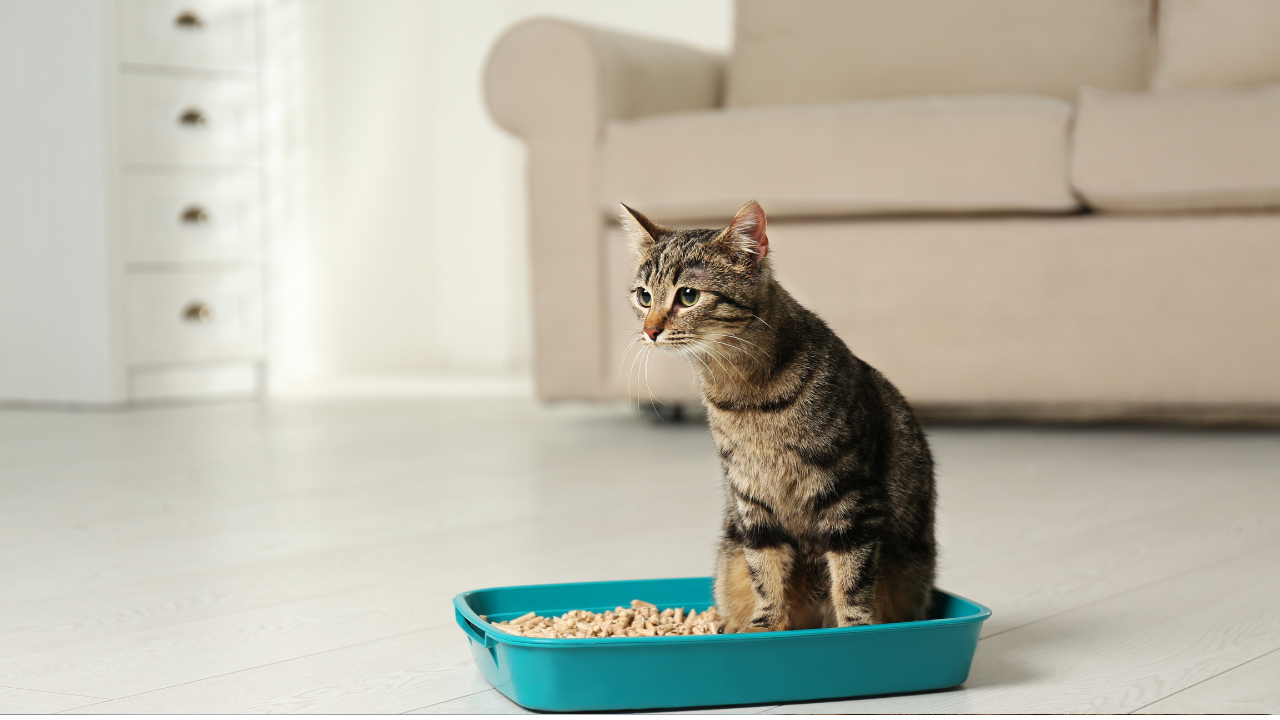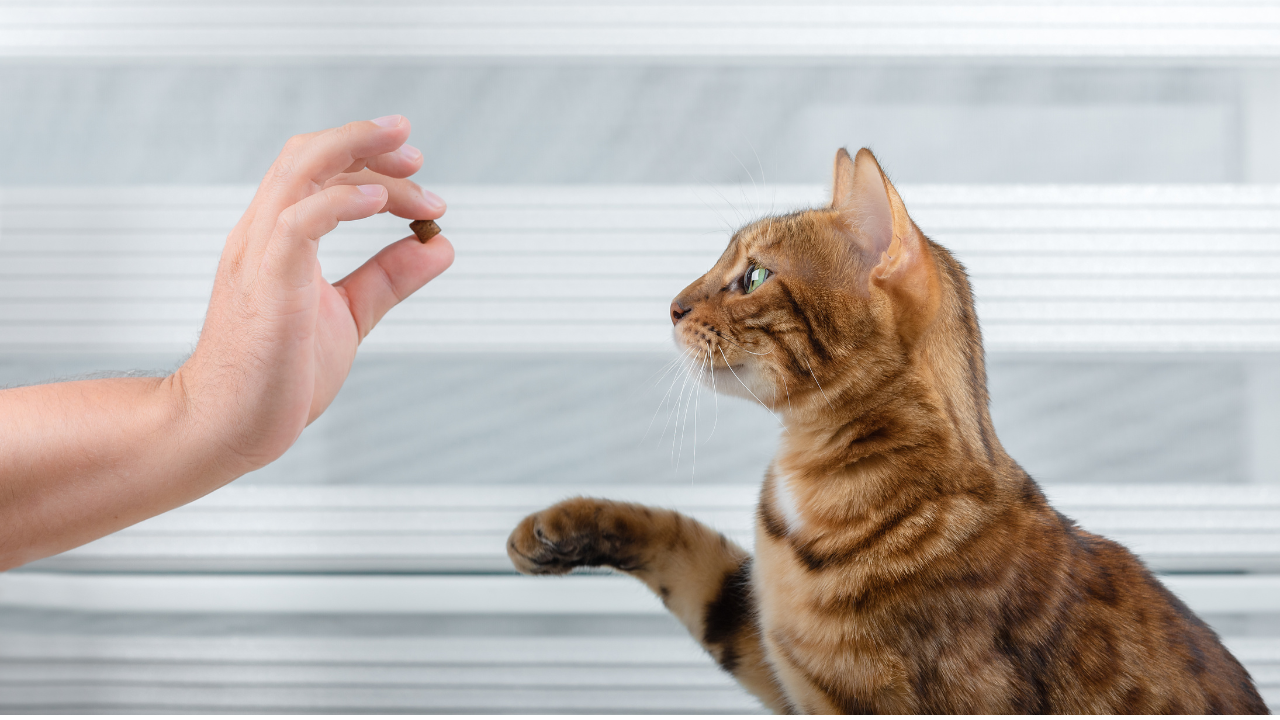House training strategies for feral cats requires patience, understanding, and a gentle approach. Unlike domesticated cats, feral cats may have had limited exposure to human interaction and may be fearful or wary of their new indoor environment. However, with the right techniques and plenty of patience, you can help your feral cat adjust to their new surroundings and learn appropriate bathroom behavior.
House Training Strategies for Feral Cats
The first step in house training strategies for feral cats is to create a safe and comfortable space for them to acclimate to their new surroundings. Choose a quiet room in your home where your cat can feel secure and provide plenty of hiding spots, such as cardboard boxes or cozy blankets, where they can retreat if they feel overwhelmed. Additionally, make sure to provide food, water, and a litter box in the room to meet your cat’s basic needs.

Once your feral cat has settled into their new environment, you can begin the process of litter training. Place the litter box in a quiet, easily accessible location and encourage your cat to investigate it by gently placing them inside and scratching their paws in the litter. House training strategies for feral cats, Be patient and give your cat plenty of time to explore the litter box at their own pace, rewarding them with praise and treats for using it.
Consistency is key when it comes to house training strategies for feral cats, so make sure to clean the litter box regularly and keep it in the same location. If your cat has accidents outside of the litter box, clean up the mess promptly and avoid punishing them, as this can create negative associations with the litter box. Instead, focus on reinforcing positive behaviors and providing plenty of praise and encouragement when your cat uses the litter box correctly.
Meet adorable Devon Rex kittens! Discover their playful personalities and unique curly coats. Find your perfect companion today.
In addition to litter training, it’s important to socialize your feral cat and help them become more comfortable with human interaction. Spend time sitting quietly with your cat, offering treats and gentle pets, and gradually increasing physical contact as they become more trusting. With patience and persistence, you can help your feral cat overcome their fears and learn to enjoy a happy and fulfilling life indoors.

